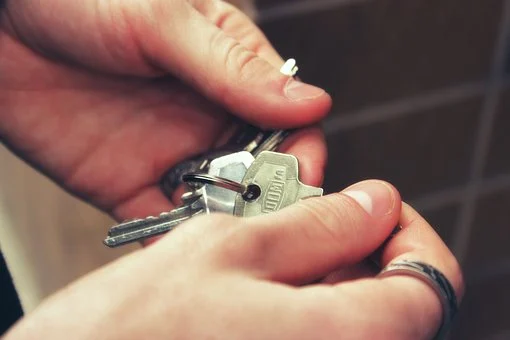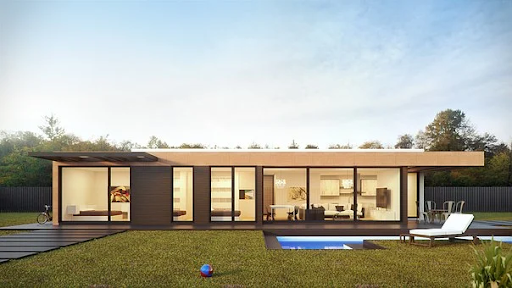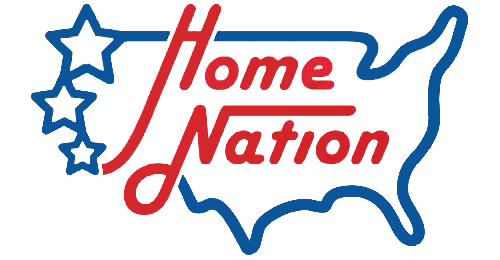
Your lifestyle may not be suited to a traditional house or apartment complex. Perhaps you’re more interested in flexibility, a lower price, or faster construction times.
Thanks to changing perspectives on living arrangements, the mobile home, and the manufactured home have quickly risen in demand. More Americans than ever before prefer the flexibility of the mobile home, particularly if they move around a lot. The manufactured home is also favored for its green building process.
Do you want to learn how to finance a mobile or manufactured home? Continue reading our step-by-step guide to get off on the right foot.
What’s the Difference Between a Mobile and a Manufactured Home?
It’s understandable to be confused about the difference between a mobile home and a manufactured home. For the longest time, these terms represented two different things.
A manufactured home is a lightweight and affordable home crafted for a fraction of the cost. Like a trailer, these manufactured homes can be picked up and moved across the country. The mobile home is sometimes used to describe a trailer, that of which is hooked onto trucks for camping or travel purposes.
Mobile homes and manufactured homes are both factory-built after June 15th, 1976. Nowadays, the mobile home is often considered synonymous with the manufactured home. We’ll use both terms interchangeably in this guide for clarity's sake.
Related: The Ultimate Mobile Home Maintenance & Repairs Checklist
What’s the Difference Between a Manufactured Home and a Modular Home?
Another confusing difference among new home buyers is the manufactured and modular homes. While visually similar, there is one key feature that separates them.
The manufactured and modular homes are both highly flexible locations made quickly and affordably. However, the modular home is built on-site and follows the same building codes as any other traditional home. It’s also prevalent for modular homes to be built on concrete or concrete-like foundations.
With American homeowning trends dipping in the past few years, finding strong alternatives is necessary.
Related: Mobile Home Investing: 2022 Guide
Finding the right home is a very personal journey. We’re proud to offer years of expertise in financing, loaning, and building affordable houses.

How to Finance a Manufactured Home
Learning how to finance a manufactured home is similar to any other traditional home. You have to take into account your budget, your location, and your resources.
Below are the first steps you should consider before getting started.
Compare and Contrast Your Lenders
Not all lenders are made equal. Some lenders will be more cooperative and helpful on your journey, while other lenders are only interested in securing a sale.
Seek out a compatible loan that suits your lifestyle best. Be upfront about fees, interest rates, and the limitations of your budget.
Choose the Most Compatible Loan
The loan that suits you best complements your lifestyle and unique qualities. You may be surprised by how many different types of loans are out there.
Consider the VA Loan
Are you a current or former veteran? You may qualify for the VA loan, which is aimed at anyone who is serving or has served the United States.
The country designed these loans to provide manufactured homes for veterans, though there are a few restrictions. The first restriction is that you have to own the land you’ll be living on. Your loan also can’t exceed 95% of the entire value of your home.
Try the Chattel Loan
If you don’t plan on owning any land, the chattel loan could be a great choice. This loan type is designed for borrowers who want movable property, but don’t want the land.
Financing for chattel loans is much easier as a result, providing you a more affordable and flexible option. What’s the catch? You’ll have to pay off your home in a relatively shorter span than other loans.
Fifteen years or less is the standard range for chattel loans, while other loans extend to twenty or thirty years.
Look into the FHA Program
The FHA Program is short for Federal Housing Administration Program. These loans are unique in that they don’t provide you money, but instead give you loan insurance.
FHA Programs are helpful because they give you strict terms and conditions, which makes paying off your loan a lot easier. You can whittle down your down payments or extend your payment time however you need with Title II loans under this program.
By comparison, Title 1 loans are only for personal property you own and have more limited lease times.
Figure Out the Best Location for You
Real estate is all about narrowing down the most suitable location. Whether you’re a remote worker without children or part of a large family, this aspect is crucial.
Choose a location that supports your day-to-day life instead of hindering it. Ask yourself the following questions:
-
Does this location support my work?
-
Can I easily take my children to school?
-
Is the location safe and clean?
Related: Top Mobile Home Myths

Conclusion
Learning how to finance a mobile or manufactured home isn’t as difficult as it looks. Once you secure the right loans and choose a location, everything will fall into place.
Your first step is to compare and contrast your lenders in terms of fees and rates. After you’re done, you should seek out a loan that complements your budget and needs. Nowadays there are dozens of different ways to reach the same result: owning a beautiful home in a great location.
Ready to apply for a manufactured or modular home? Contact us today for assistance on finding a good location, setting up loans, or building your house.





